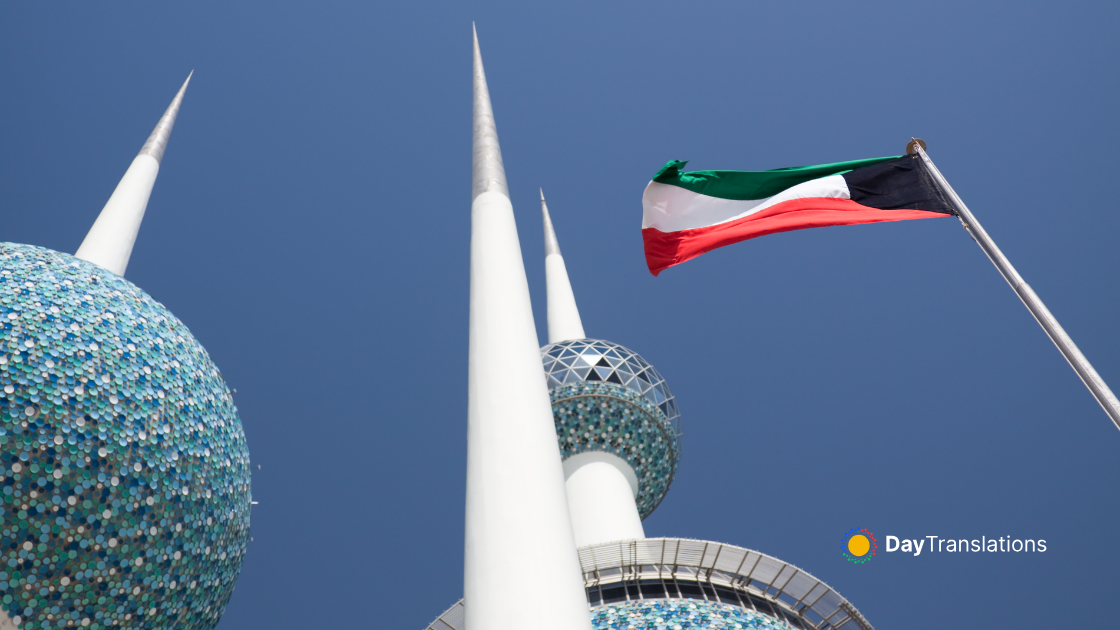Geography of Hungary: Important Geographical Information about Hungary
In this Country Profile
Landlocked by seven countries, Hungary is located in Central Europe and within the center of the Carpathian Basin. It is a vast depression created by the drying up of the Pannonian Sea during the Pliocene Epoch nearly 2.5 million years ago. Thus, the majority of the land in Hungary consists of low-lying plains, with some hills and mountain formations in the northeast. Hungary is wide in the east-west direction with 526 kilometers and narrower in the north-south direction that only measures about 268 kilometers. The total land area is roughly 93,028 square kilometers or about 35,918 square miles. Hungary is home to nearly 10 million people.
Topography
Two north-to-south flowing rivers, the Danube, which flows into Hungary for 417 kilometers and the 598-kilometer long Tisza River divide the country into three main divisions: the Northern Hills, the Great Alföld and the Transdanubia.
The Transdanubia is composed of nine counties and part of Pest country where Budapest, the nation’s capital is located. It is one of the larger administrative regions of Hungary and the location of Lake Balaton, the largest freshwater lake in Central Europe. The terrain consists of valleys, basins, gentle hills and low mountains as well as vast plains.
The Great Alföld or the Great Hungarian Plain is a vast flatland covering an area of 52,000 square kilometers or nearly 56% of the total land area of Hungary. This is characterized by rolling to flat plains. The river Tisza, the lowest point in Hungary is found here. Several Hungarian scientists, including Zoltán Bay, Frigyes Korányi, Gábor Kátai, János Kabay and János Irinyi were born in the Great Hungarian Plain. A number of medicinal baths are also found in the Great Alföld, such as the Szolnok, Szentes, Berekfürdö, Gyula, Cserkeszölö and Hajdúszoboszló.
The Northern Hills are located in the northeast section of the country and the location of the highest peak in Hungary, the Kékes Mountain that rises to a height of 1,014 meters and part of the Mátra mountain range. The region covers about 13,000 square kilometers. The region is very suitable for viticulture and also rich in brown coal, limestone, lignite and forestry products. In fact Hungary has 22 wine regions.
The Carpathian Basin, known as “Kárpat-medence” in Hungarian, is surrounded by mountain ranges, including the Alps, the Dinarides in Southern Europe, the Carpathian Mountains of Eastern and Central Europe and by the Balkan Mountains in Bulgaria and Serbia.
Climate
The Mediterranean, the Eastern European continental weather system and the Western European oceanic weather system greatly affect the climate and weather in Hungary, and for the most part give the country a temperate continental climate.
Hungary has four seasons, with January experiencing the coldest temperature while July and August are the hottest months. Temperature in Hungary fluctuates. Annually, the minimum can be around -10 °C, which is about 14 °F and the maximum can reach 38 °C or about 62.4 °F. The average annual temperature is a cool 12 °C (53.6 °F). Spring is ushered in by plenty of light showers in early April while the summer months are normally warm and dry. Fog, rain and cool temperatures are characteristics of autumn in Hungary, followed by a short winter, which can be moderately cold, with some sunshine but generally dry. In the city snowfall does not stay too long. Strong rains visit Hungary twice a year, with an average rainfall of 415 millimeters. Rains come during the early part of summer and again during autumn. For the most part, Hungary enjoys 2,015 days of sunshine.
:: References ::
http://www.budapest-hotel-guide.hu/en/hungary-information/geography-of-hungary.php
http://en.wikipedia.org/wiki/Geography_of_Hungary

Sorry, the comment form is closed at this time.